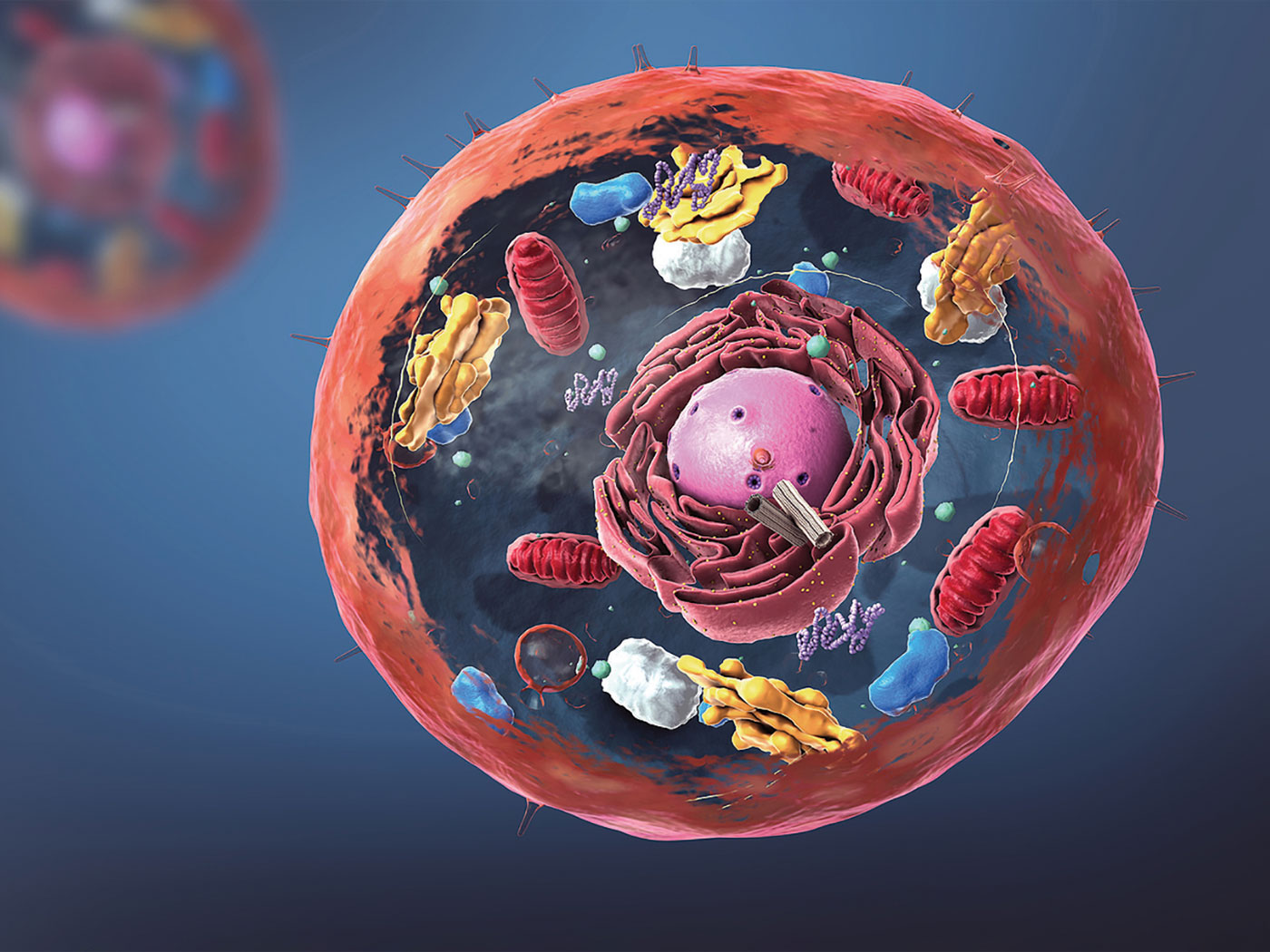Sever an arm from an octopus, and like an underwater zombie it’ll keep groping its surroundings. Even without a brain, its suckers still detect and grab crabs in lab experiments. Now Harvard researchers have begun discovering what makes octopus suckers so smart.
The team led by molecular biologist Nicholas Bellono found special sensory cells on each sucker’s skin surface.1 One type of sensor houses mechanoreceptors with the same basic structure as those found in fruit fly feet. Another type of sensor turned out to offer taste-like senses that are quite unique to octopuses. Yes, the octopus can taste with its tentacles.
Publishing in the journal Cell, the team called these octopus-specific skin sensors chemotactile receptors, or “CRs.”2 They put these cells and their receptor molecules through a battery of tests to figure out how they work. Not only do they work very well as underwater noses, but the team decided that these sensory systems can fine tune their own levels of sensitivity to chemicals and surfaces.
The study authors wrote, “Thus, CRs are capable of extensive signal filtering and coding, well-suited to contribute to peripheral processing in the distributed, semi-autonomous nervous system of the octopus arm.” A distributed system, like networked computers, involves separated information processing units that communicate with one another to achieve a common goal.
In the ordinary world, it takes an engineer to ensure a sensor is “well-suited” to the particular needs at hand. And it takes a software engineer to ensure that all the parts in a distributed system can talk to one another.
Just how ideal are these sensory systems for the life of an octopus? The researchers dug deep to find out. They examined protein expression levels and electrochemical responses to particular stimuli, as well as the arrangement of various cells within the skin.
It turns out that different types of sensory cells come packaged near to one another. They tested the idea that these cells help each other detect and interpret chemistry and surfaces. They wrote in Cell, “Such dynamic communication between sensory receptors and the voltage-gated conductances of their cognate cells could facilitate transmission of particular electrical signals to the nervous system depending on ligand identity, concentration, duration, or natural product mixtures (food versus ink, for example).”2
Thus, these molecular sensors are well-suited for the electrochemical properties of the cells that house them. And coordination between these cells enables them to process a wide variety of stimuli, including types, amounts, and mixtures of chemicals.
Who would have thought that each octopus sucker contains a whole laboratory worth of chemical detection tools? Engineers who build those large lab instruments can only drool at the fine form, fit, and miniaturization of these uniquely octopus-friendly detectors. But these researchers remained faithful to evolutionary dogma despite the plain-as-day evidence of intentional engineering in the octopus.
Coauthor Peter Kilian told the Harvard Gazette, “The strategies they have evolved in order to solve problems in their environment are unique to them and that inspires a great deal of interest from both scientists and non-scientists alike.”1
Indeed, the strategies are so ideal for octopus life that they should inspire a great deal of interest from both scientists and non-scientists over the question of whether they could have evolved at all.
Stage video: Octopus captures crab using suction cups on tentacles.
Stage video credit: Peter B. Kilian. Copyright © 2020. Adapted for non-commercial/educational use in accordance with federal copyright (fair use doctrine) law. Usage by ICR does not imply endorsement of copyright holders.
References
1. Siliezar, J. Touch and taste? It’s all in the suckers. Harvard Gazette. Posted on new.harvard.edu October 29, 2020, accessed November 13, 2020.
2. van Giesen, L., et al. Molecular Basis of Chemotactile Sensation in Octopus. Cell. 183 (3): 594–604.
*Dr. Brian Thomas is Research Associate at the Institute for Creation Research and earned his Ph.D. in paleobiochemistry from the University of Liverpool.
How Octopus Tentacles Find Crab Dinners
The Latest
CREATION.LIVE PODCAST
Searching for Truth Across the Globe | Creation.Live Podcast:...
How can we bring the Gospel of Jesus Christ and the truth of creation to others outside our small spheres of influence?
Host...
Marine Mammals: Designed for Deep Diving
While you’re reading this, hold your breath. What is now happening is your blood is delivering the last of oxygenated blood cells to your tissues...
CREATION PODCAST
Humanity's Demise at the Hands of Genetic Entropy | The Creation...
Welcome to the fourth episode in a series called “The Failures of Old Earth Creationism.” Many Christians attempt to fit old earth...
''Inside-Out'' Fossil is Amazingly Preserved
It is widely known that vast numbers of fossils—vertebrate and invertebrate—have been discovered incredibly well-preserved.1,2...
The Resurrection and the Origin of Life
At Easter time we focus on the cardinal Christian doctrine of the Resurrection. Without the Resurrection, Christianity is a sham. The truth that Jesus...
Is an Ancient Extinct Tree-Dweller Our Relative?
Human evolution has always been hazy with seemingly as many attempted explanations for how we evolved from animals as there are paleoanthropologists.
Evolutionists...
The Return of the Dire Wolf?
There’s been much recent excitement about the birth of three dire wolf (Aenocyon dirus) puppies by a Dallas-based biotech company: Colossal Bioscience....
CREATION PODCAST
Cracks in the Layers: Lake Suigetsu and the Old Earth Illusion...
Welcome to the third episode in a series called “The Failures of Old Earth Creationism.” Many Christians attempt to fit old earth...
Fish Fossil Vomit
A rather unsavory news story recently appeared regarding fossilized vomit. Although it’s hardly dinner table conversation, it nonetheless supports...
Dino Footprints Down Under
Dinosaur trackways1 are once again making the news. Australia is the setting of a remarkable series of dinosaur tracks attributed to ornithischian...
















